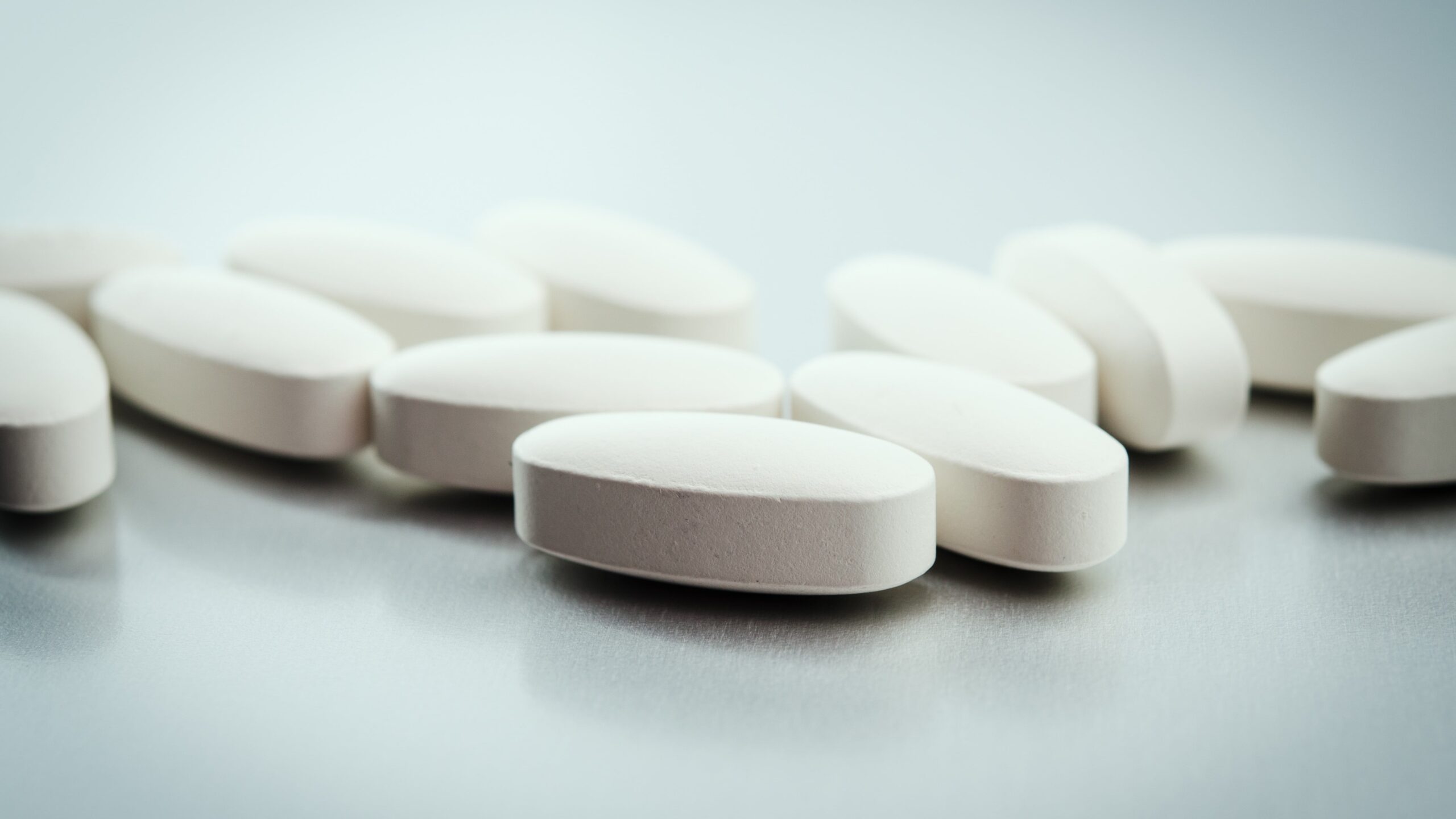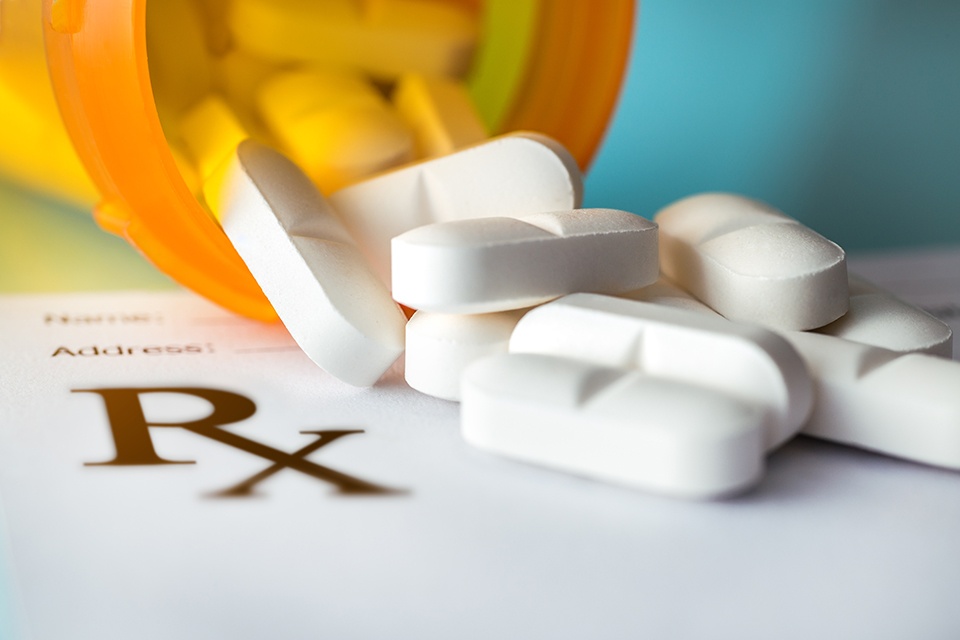
It has been previously reported that among patients with early-stage polycystic kidney disease (PKD), combination treatment with difelikefalin and tolvaptan maintained glomerular filtration rate (GFR) and ameliorated polyuria and polydipsia associated with treatment with tolvaptan alone. Difelikefalin is a kappa opioid agonist and tolvaptan is a V2 vasopressin receptor antagonist.
During a poster session at ASN Kidney Week 2024, researchers at LSU Health New Orleans, Louisiana, led by Ashlyn Y. Anderson, reported results of a study designed to test the hypothesis that combination treatment with difelikefalin and tolvaptan can protect against worsening of PKD in late stages. The poster was titled Combination Treatment of Difelikefalin and Tolvaptan for Late-Stage Polycystic Kidney Disease.
The researchers divided 6-month old PKD mice into five groups. With dose titration to decrease urine osmolality, the mice received daily treatment with one of five combinations: (1) difelikefalin; (2) tolvaptan; (3) difelikefalin plus tolvaptan; (4) difelikefalin plus a half dose of tolvaptan; or (5) vehicle.
Every month, 24-hour urine output and water intake during the study period were measured using metabolic studies. In each of the five groups, GFR was measured at baseline, midterm, and study endpoint. Total kidney volume (TKV) was also determined in each group. TKV was calculated as length, width, and depth of kidneys after mice were sacrificed. Measurements of kidney tissue cyclic adenosine monophosphate (cAMP) levels were also measured in sacrificed mice.
Over time, the four treatment plans all prevented a decline in GFR. The ratio of kidney weight to body weight was reduced by 12% in mice treated with difelikefalin plus a half dose of tolvaptan compared to mice in the vehicle group. There was no statistically significant reduction in TKV with any of the study treatments.
Compared to vehicle, there were increases in 24-hour urine volume and decreases in urine osmolality with treatment with difelikefalin plus a half dose of tolvaptan, measured monthly. The changes were greater in volume than those in the mice treated with difelikefalin alone, but less than in mice treated with tolvaptan alone or combination difelikefalin and tolvaptan. Compared to vehicle, there were significant decreases in renal cAMP levels with combination treatment with difelikefalin and tolvaptan and with treatment with difelikefalin plus a half dose of tolvaptan.
In summary, the researchers said, “Together, these results suggest that combination treatment of difelikefalin and tolvaptan preserves kidney filtration function, reduces side effects, and decreases necessity of dose escalation of tolvaptan in late stages of PKD.”
Source: Anderson AY, Kapusta DR, Johnson K, et al. Combination treatment of difelikefalin and tolvaptan for late-stage polycystic kidney disease. TH-PO446. Abstract of a poster presented at the American Society of Nephrology Kidney Week 2024; October 24, 2024; San Diego, California.







 © 2025 Mashup Media, LLC, a Formedics Property. All Rights Reserved.
© 2025 Mashup Media, LLC, a Formedics Property. All Rights Reserved.